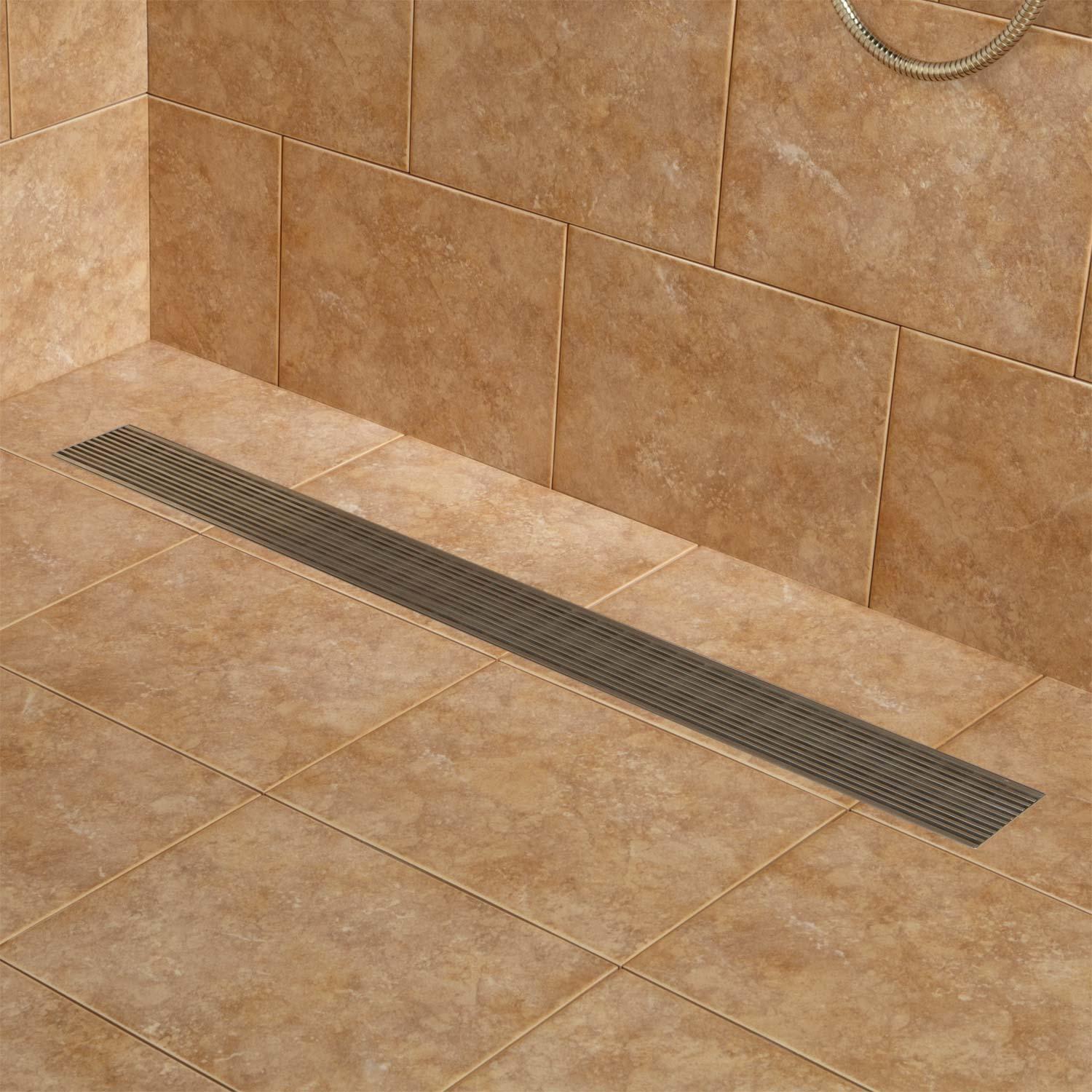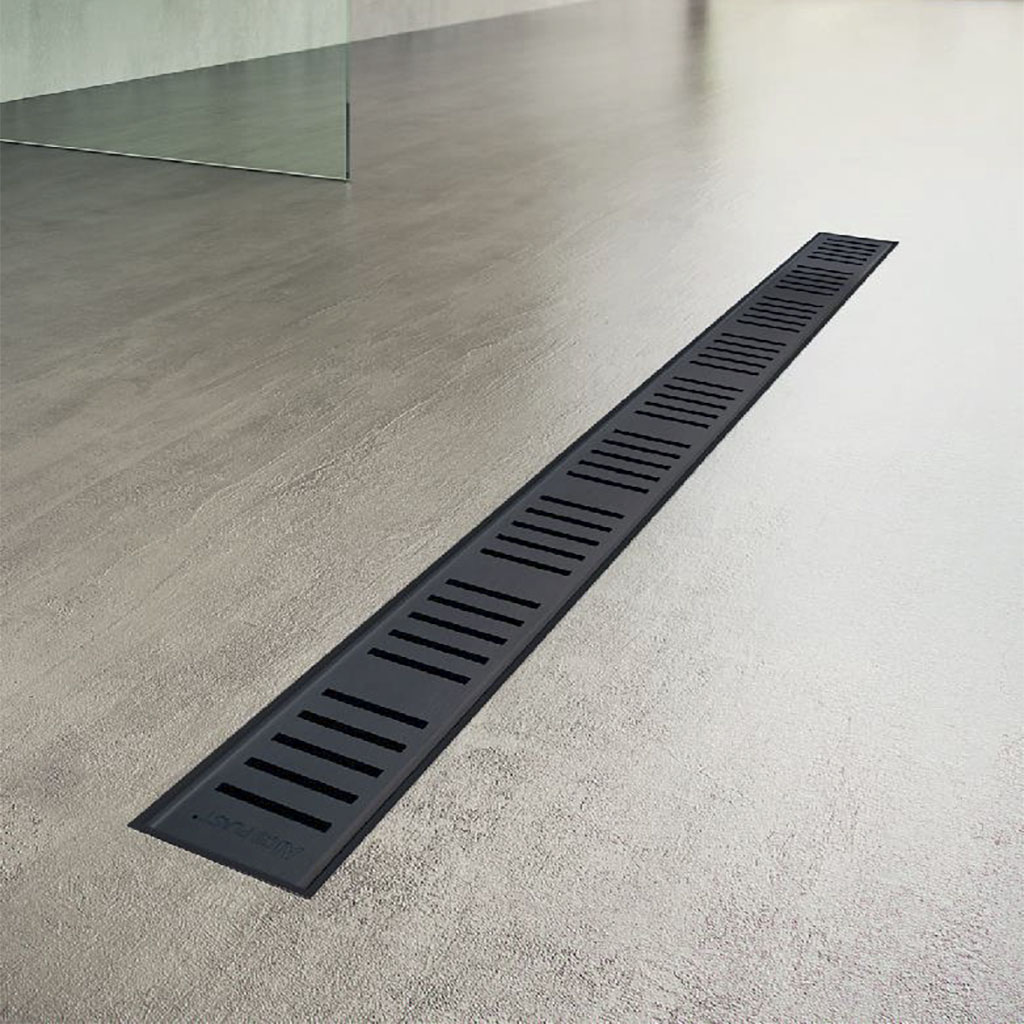Managing-Handling-Undertaking Your Shower Drain-Bathroom Drain-Drainage System Installation-Setup-Project Yourself-On Your Own-Independently
Managing-Handling-Undertaking Your Shower Drain-Bathroom Drain-Drainage System Installation-Setup-Project Yourself-On Your Own-Independently
Blog Article
This post which follows in relation to How to Install a Shower Drain is rather motivating. You should read it.

Upgrading a bathroom is one of the extra prominent home improvement jobs. Handling the plumbing for draining your shower can be extremely straightforward unless you go overboard.
Handling Your Own Shower Drainpipe Installment Project
Whether you are a tub or shower individual, most people look for shower only choices when getting a residence. This straightforward fact means more than a few property owners spend a weekend upgrading or setting up showers in their restrooms. Thankfully for you, it is a relatively easy process.
A collector or frying pan refers to the straight surface area situated at the bottom of the shower. The collector typically contains a non-slip surface area slightly banked towards the facility or anywhere the drain lies. Integrated with 3 to 4 inch walls around the side, the objective of your shower drain plumbing is to get the water to move to and away.
You can physically build a collection agency for your new shower, however you really need to think of it. Do you truly intend to enter into the difficulties of getting the sloping proper, in addition to making certain every aspect of it is water resistant? And also I mean every element! It is a lot easier to simply get a pre-cast collector online or at your local Lowes, House Depot or equipment shop. Building one might sound like an excellent idea, yet you will possibly really feel differently after a couple of hours.
Despite exactly how you tackle getting a pan, you ought to make every effort to use one that has the drain located in the same place as the initial frying pan. Moving the drain pipelines can be a job, specifically if the home builder utilized a distinct framing framework. If you are figured out to move the drain, you are mosting likely to have to cut back the pipeline or lengthen it, which might indicate ripping up huge pieces of the floor. Rephrase, you are going to be considering a several weekend break job.
Assuming we have our drain aligned, the actual link is relatively straightforward. The drain pipeline should be dealing with upright as much as the enthusiast. It will commonly resemble a "U", which implies it functions as a cleanout to maintain nasty smells from returning up from the drainpipe. To attach the drain, you are going to produce a water limited link between a drainpipe cap on the top of the frying pan and also the water drainage pipeline. Systems vary, but you are usually mosting likely to do this by placing a combining item on the top of the drainage pipe. This is then covered with gaskets and literally screwed right into the drainpipe cap. The drainpipe cap must function as a locknut, to wit, it screws straight onto the coupling.
The challenging part of this process is getting your drainpipe cap to match a leak-proof setting in the pan. This is completed by withdrawing the drain cap once you make certain whatever fits together. Then, you put plumbings putty around the bottom of the cap and after that screw it back on. The putty ought to create a tight seal in between the cap as well as the shower frying pan, which keeps water from flowing under it as well as right into the framing under the shower.
Clearly, restroom showers can be found in a wide range of designs these days. If you buy an enthusiast, they often included plumbing guidelines or the store can note anything uncommon you need to know. It seems complicated, yet is typically quite direct. Enjoy!
Tips for Installing a Shower Drain Assembly
Renovating a bathroom can be exciting as well as fulfilling if you’re tackling the job DIY-style. After you cross off the bigger decisions such as tile style, paint colors, and fixtures, you’ll need to finalize smaller details – such as the shower drain. In this article, we’re sharing some tips for selecting and installing the right drain assembly for your updated shower.
What is a shower drain assembly?
Shower bases or pans typically only come with a pre-drilled drain hole. Since the pan slopes toward the drain, you should consider the placement – left, center, or right – when designing your shower. You’ll need to purchase and install a shower drain assembly that connects the shower pan to the drain pipe underneath the shower. There are a few types of assemblies, which will be covered below.
Size of a shower drain
When it comes to installing drains, size matters. The recommended pipe size for a shower drain is 2 inches, whereas most tubs use 1.5-inch pipes. Why the difference?
Shower pans are shallower than tubs, so there’s a higher risk for overflow. So, the larger pipe allows for quicker draining. If you are replacing an old tub with a newer stand-up shower, you will need to make additional plumbing adjustments to accommodate the 2-inch pipe.
Types of shower drain assemblies
There are three common types of shower drain assemblies: compression shower drain, solvent-glue shower drain, and tile shower drain. The layout, design, and materials of your shower can determine which type of shower drain assembly will work best.
Compression shower drain
This type of assembly attaches to the drain pipe with compression washers and nuts. The drain fitting is typically installed into the base, and then the base is installed into the bathroom floor. This makes compression-style drains easier to install than other options, particularly if you don’t have easy access from the floor under the shower base. Drains are available in a wide range of materials such as PVC (polyvinyl chloride), ABS (Acrylonitrile Butadiene Styrene), and brass, and can be used for acrylic, fiberglass, and steel shower bases.
Solvent-glued shower drain
Made of either polyvinyl or ABS, this type of shower drain is sealed to the drain pipe with solvent glue and silicone. Since you’ll be working underneath the drain pan, we only recommend using this type of drain if you have access under the shower, such as from a basement or crawlspace. It’s also important that you match the type of plastic of the drain with the drainpipe. If you take these precautions, you can install a solvent-glued drain assembly with acrylic, fiberglass, and steel shower bases.
Tile shower drain –
Drain assemblies for custom tile showers feature a waterproof membrane liner placed between two flanges. The tile is installed on top of the liner, collecting any water that seeps through the porous grout. A metal strainer is installed in line with the tile over the drain.
https://www.epshawaii.com/blog/tips-for-installing-a-shower-drain-assembly/

Do you enjoy reading up on How to Install a Shower Drain? Give a review directly below. We will be delighted to know your opinion about this blog. We hope to see you back again soon. Please take the time to promote this article if you enjoyed it. I am grateful for your time. Come back soon.
Report this page